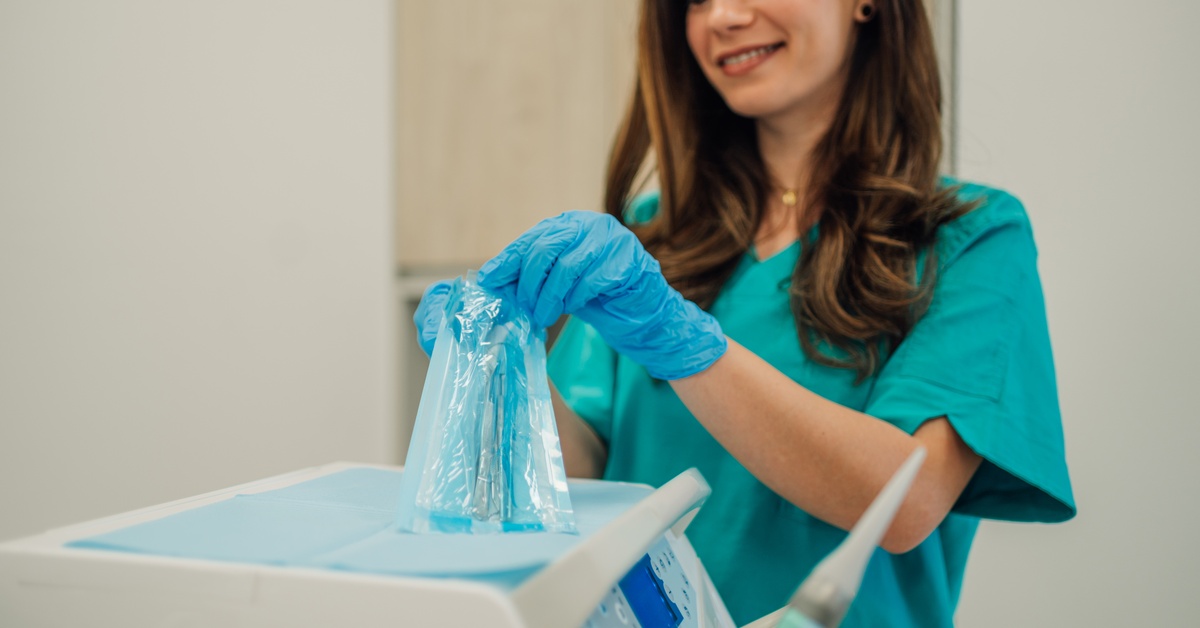Understanding and implementing rigorous infection control measures is a priority and an ethical obligation for healthcare professionals, as effective infection control promotes safe patient care in care settings. If you’re a healthcare business owner, do you know the proper ways to uphold infection control in your practice? This blog from Gamma Compliance Solutions explores the importance of infection control, key prevention strategies, and the role healthcare workers play in creating a safer patient environment.
The Importance of Infection Control in Healthcare
Healthcare-associated infections (HAIs) are a significant challenge within the medical field. HAIs can impact patient safety and increase healthcare costs.
Poor infection control practices may lead to longer hospital stays, antibiotic resistance, and even mortality. By prioritizing infection control, healthcare professionals can deliver safer, higher-quality care and improve patient outcomes.
Understanding Common Healthcare-Associated Infections
HAIs are infections acquired during the course of providing or receiving treatment for medical or surgical conditions. Common examples include bloodstream infections, pneumonia, urinary tract infections, and surgical site infections.
These infections often spread via contaminated equipment, insufficient hygiene, or improper sterilization procedures. Understanding these risks allows healthcare teams to target vulnerabilities and select appropriate interventions.
Key Strategies for Preventing Infections
Preventing infections requires a comprehensive approach that prioritizes effective hygiene measures. Frequent handwashing is the foundation of infection prevention, reducing the risk of transmission between patients and staff.
Properly sterilizing medical tools, regularly disinfecting surfaces, and adhering to cleaning protocols also play a vital role in maintaining cleanliness. Vaccination of healthcare workers and patients further minimizes the likelihood of outbreaks within healthcare environments.
The Role of PPE in Protecting Healthcare Workers and Patients
Personal protective equipment (PPE) is a barrier against infection and safeguards healthcare workers and patients during high-risk procedures. Properly using gloves, gowns, masks, and face shields keeps pathogens contained and minimizes exposure risks. Maintaining the quality and availability of PPE while educating staff on its correct application is essential for infection control success.
Creating a Culture of Safety and Compliance with Infection Control
It’s also important to foster a workplace culture that values safety and compliance to ensure the success of infection control efforts. Comprehensive and regular OSHA infection control training equips healthcare workers with the knowledge to recognize and mitigate risks effectively. Leadership teams must enforce policies, track adherence, and provide ongoing education to ensure that high standards are maintained universally across facilities.
Moving Forward With Better Infection Control Practices
The future of infection control depends on innovation, increased awareness, and continued education for healthcare professionals. When healthcare businesses prioritize infection control policies, it ensures patients and staff stay safe.
By remaining vigilant and adaptable, healthcare teams can uphold safe practices and consistently deliver superior patient care. Business leaders can find infection control resources and training at Gamma Compliance Solutions to start building a safer workplace today.


